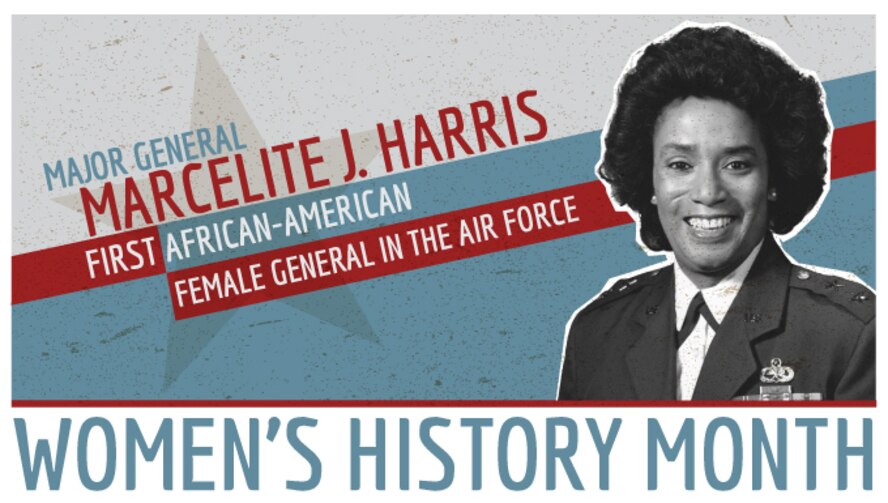By Army Sgt. 1st Class Tyrone C. Marshall Jr.
DoD News, Defense Media Activity
WASHINGTON, March 12, 2015 – The Defense Health Agency will
begin applying current rules for prescription drug claims to compound drug
ingredients, in the interest of protecting Defense Department beneficiaries, a
senior health official said March 9 in Falls Church, Virginia.
During an interview with DoD News, Army Maj. Gen. Richard W.
Thomas, chief medical officer and director of health care operations for the
Defense Health Agency, addressed the perception some people may have that there
will be a major policy change regarding compound drugs, those that contain two
or more ingredients mixed together by a pharmacist.
“The changes really are not so much a policy change as
really just us enforcing the regulatory guidance that we already have on our
books,” he said.
“The Defense Health Agency’s No. 1 priority,” Thomas said,
“is to ensure quality and safe care for all of our beneficiaries.”
Upcoming Changes
Beginning May 1, TRICARE plans to implement a screening
process to ensure it covers all ingredients of a compound drug claim. TRICARE
will still cover most compound drugs, and will allow pharmacists to substitute
with approved ingredients to keep the process as smooth as possible. Recent
system changes by the department’s pharmacy contractor allow greater visibility
of these ingredients, and the ability to screen them individually.
Additionally, according to TRICARE, beneficiaries will also
have the opportunity to request a prior authorization and appeal a decision to
deny a compound drug claim, with appeals processed in a timely manner to
support the beneficiary.
Compounding Drugs
The general explained what constitutes a compound drug and
some of their practical applications in medicine.
“Compound pharmacy or compound drugs are actually very
commonly used,” Thomas said. “These can be anything that includes an alteration
or a change to an ingredient within a medication.
“For example,” he said, “if you’re going to give a child a
flavored cough syrup, that would be compounding, because you’re adding an
ingredient to make it taste better for the child.”
What people often think of when referring to compound agents
are pain creams, Thomas said, and the ointments used for scars. This often
includes topical creams or ointments people apply to their skin.
Safety is Paramount
In 2012, Thomas said, the department’s pharmacy contractor
completed a system upgrade that allows the department to see specific types of
compounds and the ingredients in the compounding drugs.
“They ran a list,” he said, “and we could see the
ingredients in these compound agents -- they were not all approved [by the U.S.
Food and Drug Administration] or proven to be safe and effective.”
Thomas also noted that a Government Accountability Office
report from October 2014 indicated DHA was not in compliance with its own
regulation to provide only FDA-approved medicine to its beneficiaries.
“We must be in compliance with the law,” he said. So, over
time, what the agency has done is enforce the industry standard to ensure the
ingredients in compounding agents have been proven safe and effective, Thomas
said.
The general said DHA plans to ensure it is fully in compliance
with existing policy and existing regulatory guidance.
“Safety is a paramount interest to us,” Thomas said. The No.
1 goal is to ensure that people receive medications proven safe and effective,
he added.
Stewardship of Taxpayer Dollars
Thomas noted another aspect of enforcing the existing
policies is DHA and the department’s obligation to be responsible stewards of
taxpayer dollars -- about 10 percent of the DoD budget goes to medical care for
all its beneficiaries.
“The past year or so,” he said, “what we’ve found is … we’re
paying a lot more for these ingredients and there’s no medical or scientific
evidence that they’re actually effective.”
Turning to cost, Thomas said the group of topical
compounding agents specifically designed to treat pain are where the biggest
increase is seen.
“I’ll give you some examples,” he said. “In fiscal year ’04,
the DoD paid about $5 million for the year. By fiscal year ’14, it exceeded
$514 million, and for fiscal year ’15, we’re on track to exceed $2 billion in
expenditures just for compound agents.”
Significantly, he said, these compounded drugs make up only
0.5 percent of the total number of prescriptions provided through Tricare.
“However, it’s more than 20 percent of our total pharmacy
expenditures,” Thomas said, “so you see a huge increase in the expenditures
there.”
The Way Ahead
“We want to make sure we’re doing the right thing by our
patients, so we have a Pharmacy and Therapeutics Committee that makes
recommendations on drugs that TRICARE covers,” he said. “We also discussed
compound drugs with the Beneficiary Advisory Panel for input on which way we
should go with this, and how any change would affect our beneficiaries.”
“We solicit public feedback and we can have these open,
transparent discussions, not only with members of the industries themselves,
but also our beneficiaries are represented there,” Thomas said.
“There’s a lot of interest in compounded pharmacy, and I understand
it,” he said. “As a physician, I like compounded drugs. They’re common used,
and I prescribe compounds for my patients when it’s appropriate. So we’re not
talking about eliminating compounded agents at all.”
Balancing Cost Versus Safety
Thomas said DHA’s goal is to be transparent as it
communicates with all its beneficiaries through “aggressive” outreach.
“We’re actually talking about using the systems already in
place -- which we already have on our book,” he said, “and actually enforcing
the current guidance to make sure that the medications that we give you, your
[families and] your children are safe and effective.









